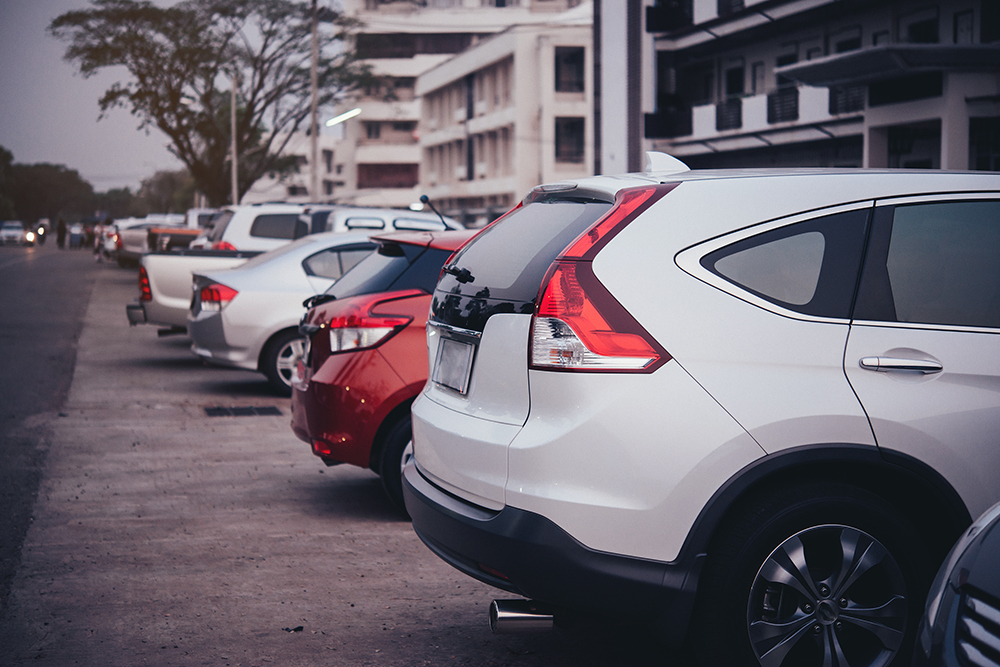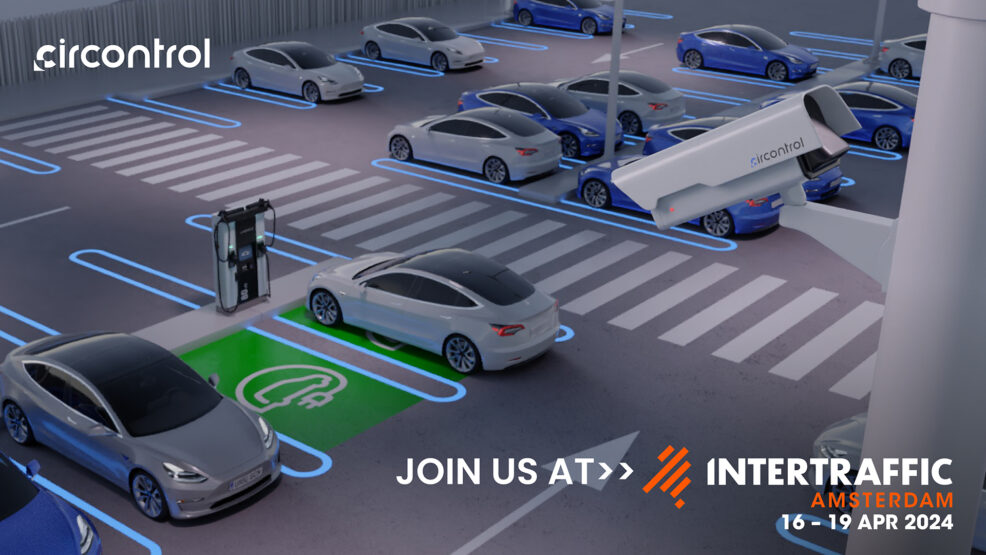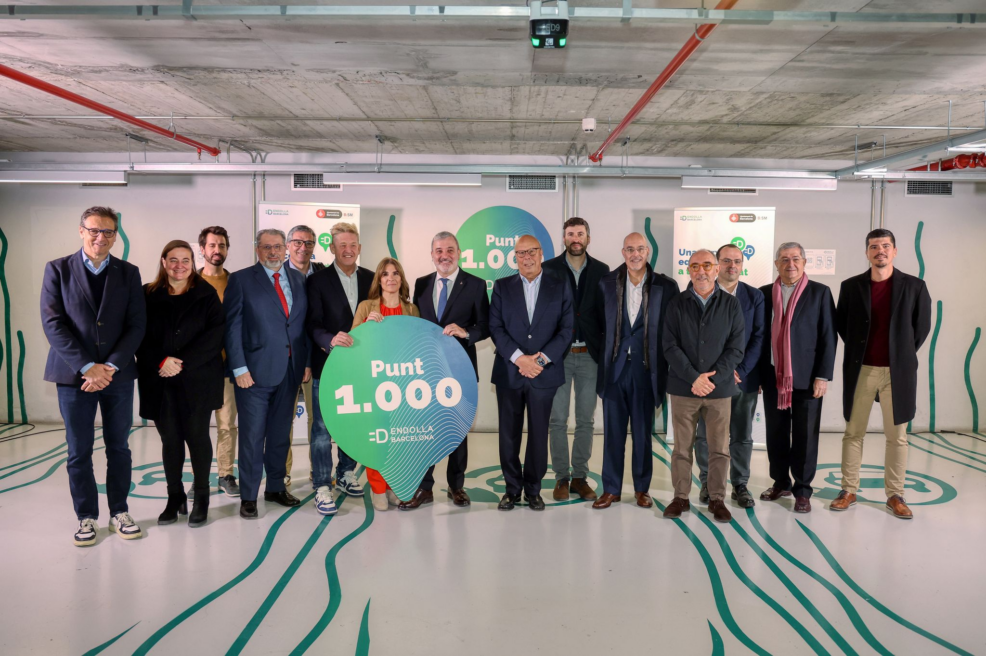With almost 50 million bays, carpark industry claims its role in improving urban mobility
In an increasingly urbanized society with more pollution due to gas emission, improving urban mobility is one of the biggest challenges and, on this context European Parking Association (EPA) had to address the issue.
In Europe there are many cities. London, the largest one, has 7,5 million inhabitants, and its followed by Berlin, Madrid and Paris with over 3 million and Rome with over 2 million. There are also 14 cities with over one million inhabitants and 34 with over 500.000.
Not only cities have grown, but also passenger car’s fleet. In 2014 there were 252,7 million cars, this represents 574 cars per every thousand inhabitants, and in 2017 this figure reached 268 million, 620 cars per every thousand inhabitants. These cars are also older. In 2014 they were 9,7 years old and in 2017 they are 11,1 years old. In fact, in these big cities 30% of daily trips are made using public transport and 40% using a private vehicle. The record in public transport usage is held by Barcelona with 53% daily trips made by public transport and only 18 by private vehicle. In fact, Barcelona was set an example of best practices in mobility in the inaugural conference. Daily trips increased from 6 to 7 million in 20 years while private vehicle fleet decreased from 2,6 to 1,2 million.
With these figures it’s clear that the situation is critical, and something must be done. Fragmentation in parking industry and how parking industry is viewed just as a satellite industry difficulting collaboration, has been a key topic in EPA’s inaugural conference. Mobility plans are based on transport logic, not mobility logic resulting in isolated initiatives with low mobility performances. Parking management is a consolidated industry with almost 50 million parking bays and 26,4 billion turnover and its in constant evolution. That’s why EPA Congress wanted to claim its role in improving urban mobility.





